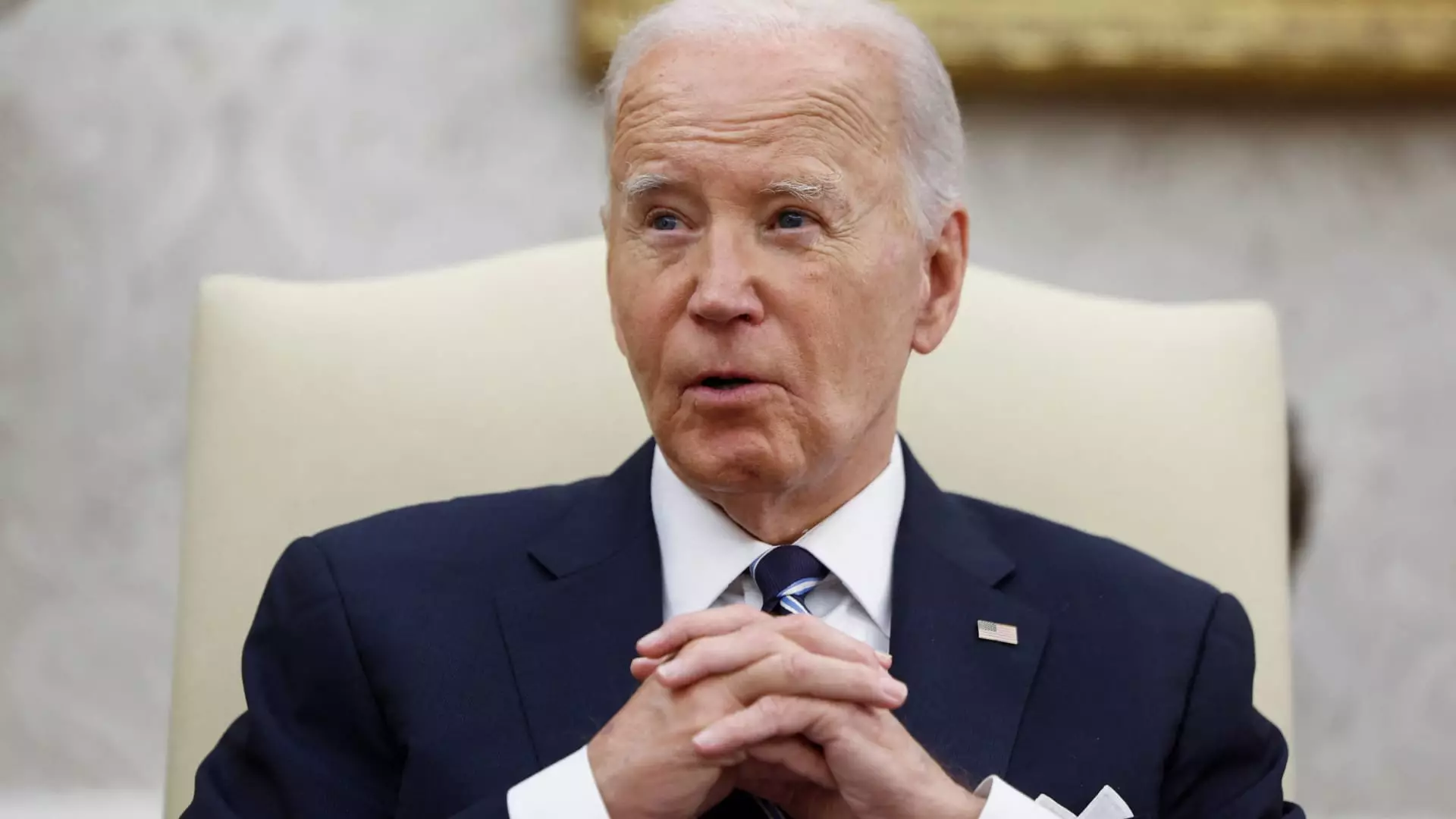As the countdown toward the 2024 elections accelerates, U.S. lawmakers find themselves in a precarious situation concerning government funding. Having narrowly avoided a government shutdown recently, Congress faces an even tighter deadline as they gear up for the holiday season and the subsequent transition to a new congress and presidential administration. The urgency is palpable, not only for Congressional leaders but also for federal agencies that rely on timely appropriations to operate effectively.
Federal funding for the fiscal year 2025 hinges on the completion of twelve critical appropriations bills, an endeavor that appears increasingly daunting with the limited legislative time remaining. The congressional calendar indicates that members will convene in Washington for a scant five weeks between Election Day and the end of the year. With contentious negotiations lagging, there’s a growing consensus that lawmakers may have to resort to an omnibus spending package that bundles multiple appropriations into one comprehensive bill, or alternatively, resort again to a Continuing Resolution (CR) to prolong existing funding temporarily.
The deadline for a new funding agreement looms ominously on December 20, intensifying the stakes for both sides of the aisle. While House Speaker Mike Johnson has voiced his intention to eschew the tradition of end-of-year omnibus bills—a habit criticized for facilitating bloated spending—his ability to maintain those intentions amid political pressures remains to be seen. If history serves as any guide, the promise to forgo an omnibus may prove hollow once negotiations heat up.
Senior appropriators from both parties recognize that despite Speaker Johnson’s assertions, the endgame is likely to resemble previous sessions where lawmakers faced similar constraints. The specter of a sweeping omnibus proposal has emerged as a default fallback in the face of legislative gridlock. Representative Debbie Wasserman Schultz (D-Fla.), a key player in the Appropriations Committee, has acknowledged the possibility as well, stating that divisions within the Republican Party complicate the Speaker’s position. His claims of a new legislative strategy may not hold when Democrats continue to serve as essential partners in achieving bipartisan resolutions.
The advent of a divided government adds layers of complexity to the discussions, provoking concern about tense negotiations. Results from the upcoming election may further dictate the terms of these deliberations. Should Republicans gain full control over Congress and the presidency, they might attempt to push through a temporary funding measure extending into 2025. Such a scenario could lead to a reprioritization of legislative goals that might not align with the broader perspective of bipartisan governance, raising anxieties about the implications for federal programs and initiatives.
The repeated reliance of the House minority on bipartisanship for must-pass legislation highlights a troubling dynamic within the current legislative framework. As history has shown, last-minute solutions often come with increased tensions, political maneuvering, and potential lapses in vital services funded by government appropriations. The glaring reality is that public services are at stake, forcing lawmakers into high-stakes negotiations as the clock ticks down.
Furthermore, the heavy reliance on Continuing Resolutions to fund government operations often indicates a failure to engage in meaningful long-term budgeting. This cycle of reactive governance threatens to undermine effective service delivery as agencies remain in a state of uncertainty, struggling to plan for future expenses and initiatives.
As the federal funding deadline approaches, the urgency for responsible governance becomes increasingly crucial. Both parties must navigate their ideological differences and arrive at constructive solutions to avert disruption in government services for millions of Americans. Bipartisan cooperation may be the only viable path forward, and lawmakers must step up to address the impending funding crisis with a focus on creating a sustainable fiscal roadmap. Ultimately, the future of effective governance hinges not on short-term fixes but on a commitment to collaborative problem-solving in an increasingly polarized political landscape.

Leave a Reply